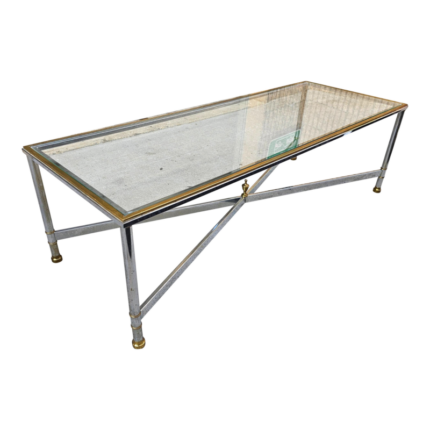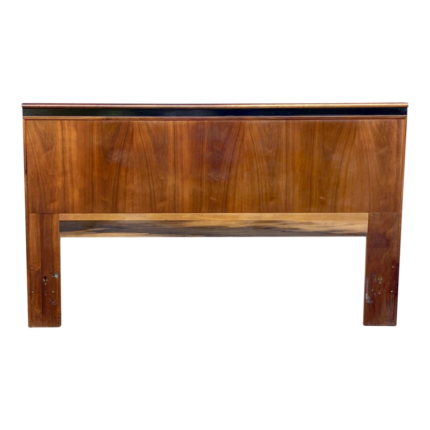The Aesthetic Movement was influenced heavily by the stylised renditions of China and Japan, and referenced it through many objects, fabric and wall hangings. The Aesthetic Movement in Britain (1860 – 1900) aimed to escape the ugliness and materialism of the Industrial Age, by focusing instead on producing art that was beautiful rather than having a deeper meaning – ‘Art for Art’s sake’. The artists and designers in this ‘cult of beauty’ crafted some of the most sophisticated and sensuously beautiful artworks of the Western tradition and in the process remade the domestic world of the British middle-classes. A few key members of Rossetti’s circle took a keen interest in the design arts, seeking to transform banal and pretentious furnishings and domestic objects of the middle-class home. With a refined sensibility to line and geometrical form or, in the case of William Morris, with a feeling for natural ornament and harmonious colour, these designers aimed to produce chairs and tables worthy of the name ‘Art Furniture’ and to create ceramics, textiles, and wallpapers entirely unlike ordinary ‘trade’ wares. These were to be quality household goods that would please the eye of the artist and grace the houses of Aesthetic patrons, collectors and connoisseurs. It was argued that if furnishings were refined enough in form, materials and their quality of making, and carefully considered in colour, they – and the decorative arts in general – could rise to a new level and blur the Royal Academy’s longstanding strict division between the ‘fine’ arts of painting, sculpture, and architecture and so-called artisan crafts – decorative arts design and fabrication. A perfect example of this approach can be seen in William Morris’s Red House, designed by architect Philip Webb and described by Rossetti as ‘more a poem than a house’. Its coordinated style, described as ‘neo-vernacular mellowness with high art seriousness’, would become Morris’s trademark. The artful home showcased an array of artistic bric-a-brac, but items of Japanese origin or inspiration took pride of place. Japan’s forced opening to foreign trade in 1853 revitalised the European veneration of all things Japanese, exemplified by England’s passion for old ‘Blue-and-White’ Asian ceramics. Extensive displays at the Old Water Colour Society and the 1862 International Exhibition’s Japanese Court introduced a wider audience to enticingly ‘exotic’ Japanese forms. A Japanese inflection – featuring asymmetry, flat patterning, simplified form and elegant surface ornament – became a hallmark of the Aesthetic vocabulary. Furniture forms were also reimagined by Aesthetic designers. Unlike the heavily ornamented curvilinear Louis XIV styles so popular with Victorian consumers, Artistic furniture is elegant and simple in design. Despite appearing ‘modern’ to today’s eye, Aesthetic designs reference Asian, Egyptian, Greek, vernacular, and even delicate 18-century English examples.
Though bamboo went in and out of fashion throughout history (and we’ll by no means assert this as a comprehensive history), faux bamboo furniture made its comeback in a big way as a welcome change to heavy Victorian styles. The Exposition Universelle of 1867, a world’s fair held in Paris, reignited the chinoiserie craze and sparked high demand for Japanese furniture in particular.
-
Dimensions:Height: 1.19 in (3 cm)Width: 20.28 in (51.5 cm)Depth: 16.54 in (42 cm)
-
Style:Chinoiserie(Of the Period)
-
Materials and Techniques:GlassWalnut
-
Place of Origin:England
-
Period:1860-1869
-
Date of Manufacture:1860-1900s
-
Condition:GoodRefinished. Repaired: The frame has been professionally polished and the back of the mirror has had a replacement base board attached. Wear consistent with age and use. Weight 2.6 kg.
-
Seller Location:London, GB
-
Reference Number:Seller: LU2868323228082







































Reviews
There are no reviews yet.